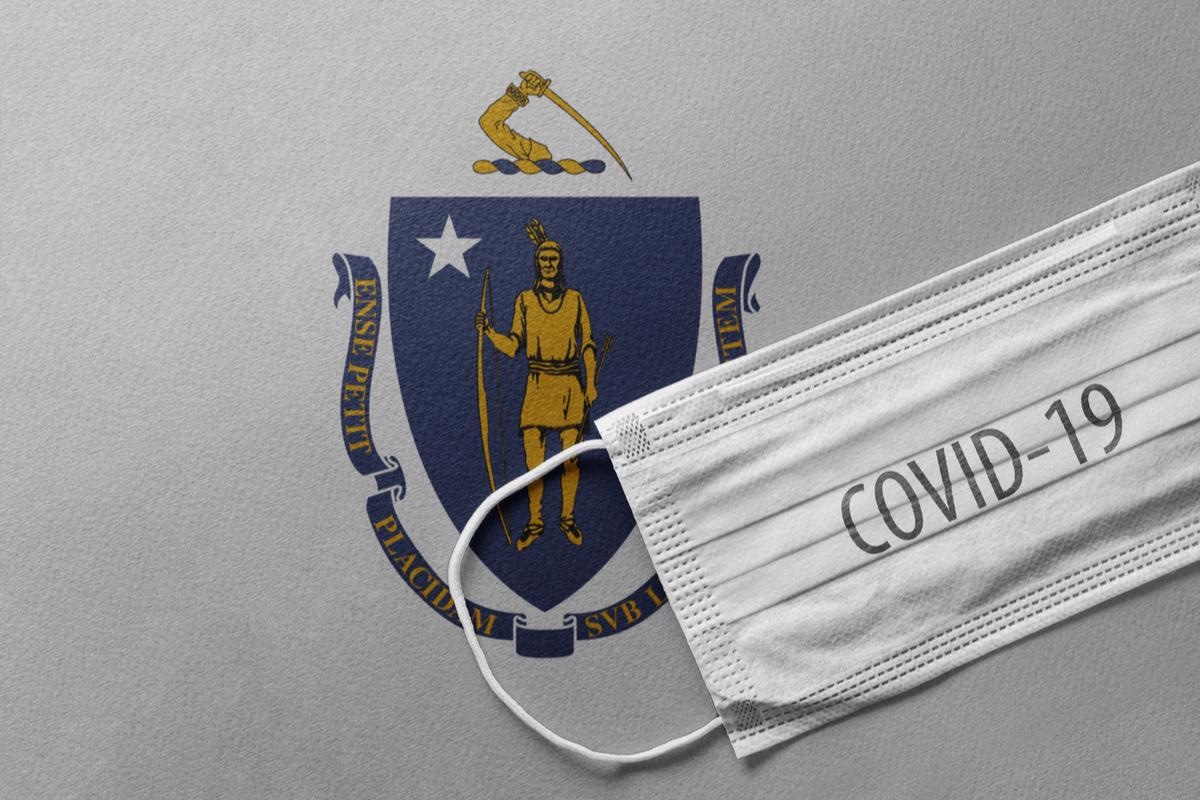Estimating transmission heterogeneity dynamics of SARS-CoV-2 in Massachusetts

Following the coronavirus disease 2019 (COVID-19) pandemic, the idea of using surveillance data to estimate reproductive numbers was introduced and popularised in several research papers. Later methods, such as the strategy to estimate the instantaneous reproductive number described and implemented in the popular EpiEstim R package, have been created that are better suited to real-time estimation.
 Study: Estimation of heterogeneous instantaneous reproduction numbers with application to characterize SARS-CoV-2 transmission in Massachusetts counties. Image Credit: Simfalex/Shutterstock
Study: Estimation of heterogeneous instantaneous reproduction numbers with application to characterize SARS-CoV-2 transmission in Massachusetts counties. Image Credit: Simfalex/Shutterstock
These methods can be beneficial in epidemic surveillance and monitoring, but as the pandemic caused by severe acute respiratory syndrome coronavirus 2 (SARS-CoV-2) has shown, they still need improvement. Accounting for data reporting delays, underreporting of cases, and heterogeneity in transmission by geography and demographic parameters like age are all major concerns.
Many factors could play a role in virus transmission heterogeneity, including key systemic factors like poorer social economic status (SES), which disadvantage particular populations and may lead to a higher risk of disease transmission. Geographically, these characteristics frequently cluster. The reproductive numbers may indicate the impact of these parameters on virus transmission. In an ideal world, it would be possible to determine the heterogeneity by comparing the reproduction numbers of different locations. However, the variation in reproductive numbers among different places could be concealed by human movement.
Researchers propose an analytical framework and two methodologies for estimating transmission heterogeneity dynamics in this paper. The authors offer a flexible and computationally costly Bayesian strategy that is effective for adjusting importation and more correctly quantifying the uncertainty associated with using human mobility data with standard errors.
A preprint version of the study is available on the medRxiv* server, while the article undergoes peer review.
The study
This study's modeling analyzes three regions with varying transmission characteristics over time but generally similar incidence patterns. The incidence data are simulated over time with pre-specified reproductive numbers and a transition matrix that explains how the population in each region distributes to other regions, which can be informed by mobility data in practice.
In Approach I, the authors employed deterministic human motion data to adjust the incidence. In Approach II, the authors tested the model with various incidence distribution and randomness assumptions for the mobility data.
The multiscale dynamic human mobility flow dataset provides data on human mobility. The Investigators analyzed anonymous mobile phone users' visits to various locations given by SafeGraph to compute, aggregate, and infer the daily and weekly dynamic origin-to-destination (O-D) flow at three geographic scales (census tract, county, and state). In this real data analysis, the authors model using Massachusetts county-level data. The projected number of visitors traveling from one county to another each day makes up the human mobility data.
The heatmaps and dendrograms created with complete-linkage hierarchical clustering show significant disparities between weekday and weekend movement patterns. During the week, most travel occurs between nearby regions, such as Barnstable, Bristol, and Plymouth. On weekends, further away counties appear in the same cluster on the heat map, such as Norfolk, Barnstable, Bristol, and Plymouth.
For the daily average that is not stratified by weekdays and weekends, the clustering is more obvious for geographically close regions. On weekdays, more people travel between Essex, Worcester, Norfolk, Suffolk, and Middlesex than on weekends, and fewer people travel between Middlesex, Barnstable, and Plymouth, as well as Norfolk, Barnstable, and Plymouth.
For Barnstable, Dukes, Franklin, Hampshire, and Nantucket, the projected effective reproduction number (R(t)) is lower. From July through October, three of these counties (Barnstable, Dukes, and Nantucket) have a greater influx of people. According to the findings, the increase in incidence in these areas could be related to inflow from counties with higher R (t). When R(t) is high, the results of Approach II are similar to those of Approach I, but in counties with lower reproductive numbers, the outcomes of Approach II are even smaller than those of Approach I.
Implications
Because it provides a real-time description of transmission dynamics among the population, the instantaneous R(t) is an important metric for infectious disease surveillance. It is anticipated that heterogeneity will be seen when estimating R(t) for several regions. However, measuring heterogeneity can be difficult when there is a lot of population movement between regions, resulting in population mixing that might obscure or distort genuine transmission patterns.
The authors have provided two approaches for estimating spatially heterogeneous R that utilize mobility data (t). The ultimate purpose of this technique is to identify high-transmission areas where interventions should be focused and investigate potential transmission pathways. These methods can be used to estimate R(t) in the presence of any conceivable heterogeneities, such as age-mixing, which can take advantage of mixing behavior
*Important notice
medRxiv publishes preliminary scientific reports that are not peer-reviewed and, therefore, should not be regarded as conclusive, guide clinical practice/health-related behavior, or treated as established information.
-
Zhou, Z. et al. (2021) "Estimation of heterogeneous instantaneous reproduction numbers with application to characterize SARS-CoV-2 transmission in Massachusetts counties". medRxiv. doi: 10.1101/2021.12.02.21267164. https://www.medrxiv.org/content/10.1101/2021.12.02.21267164v1
Posted in: Medical Science News | Medical Research News | Disease/Infection News
Tags: Coronavirus, Coronavirus Disease COVID-19, heat, Pandemic, Reproduction, Research, Respiratory, SARS, SARS-CoV-2, Severe Acute Respiratory, Severe Acute Respiratory Syndrome, Syndrome, Virus
.jpg)
Written by
Colin Lightfoot
Colin graduated from the University of Chester with a B.Sc. in Biomedical Science in 2020. Since completing his undergraduate degree, he worked for NHS England as an Associate Practitioner, responsible for testing inpatients for COVID-19 on admission.
Source: Read Full Article




